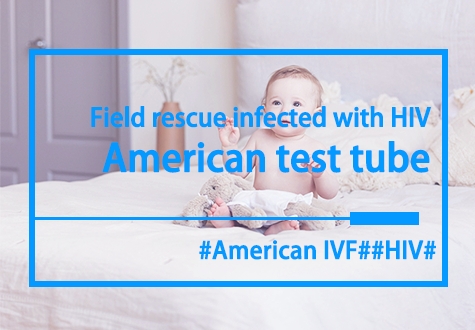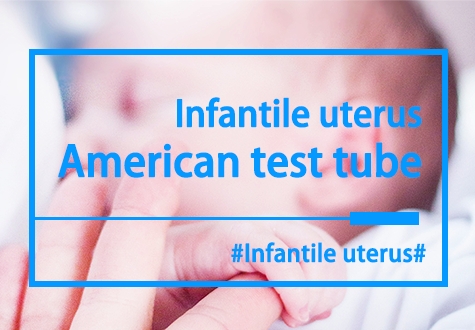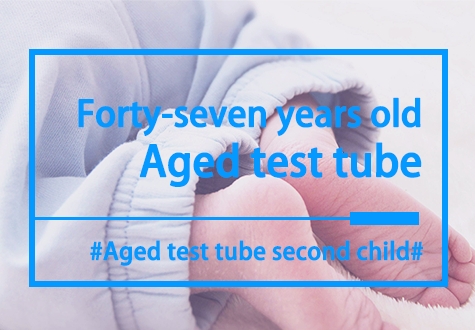What is the process of IVF embryo transfer?
In vitro fertilization (IVF) refers to an assisted reproductive technology that freezes and preserves cultured embryos during the IVF process, and then thaws and transplants them into the female uterus at the appropriate time. This technology can not only improve the success rate of IVF, but also reduce the physical burden caused by multiple egg retrievals.

The process of IVF embryo transfer
1. Preliminary preparation
Before frozen embryo transfer, patients need to undergo a series of examinations and preparations to ensure that their physical condition is suitable for transfer.
●Physical examination: The doctor will conduct a detailed physical examination on the patient, including blood tests, B-ultrasound examinations, etc., to assess the health of the uterus and ovaries.
●Body conditioning: Based on the results of the examination, the doctor may recommend that the patient take medication or adjust the lifestyle to optimize the physical condition and ensure the success rate of frozen embryo transfer.
2. Endometrial preparation
The thickness and state of the endometrium are crucial to embryo implantation. The doctor will adjust the patient's endometrium through medication or natural cycle methods to make it suitable for embryo implantation.
●Drug adjustment: If drug adjustment is used, the doctor will prescribe drugs such as estrogen and progesterone to the patient to help the endometrium thicken and reach the ideal state.
●Natural cycle: For patients with regular menstrual cycles, doctors may recommend preparing the endometrium through a natural cycle, that is, monitoring the thickness and state of the endometrium after the patient ovulates naturally.
3. Embryo thawing
When the endometrium is ready, the doctor will arrange for the thawing of the frozen embryo. Embryo thawing needs to be carried out in a professional laboratory environment to ensure the vitality and quality of the embryo.
●Thawing process: Embryo thawing is a very delicate process that needs to be carried out at a specific temperature and under specific conditions. Laboratory technicians will choose the appropriate thawing method based on the specific situation of the frozen embryo.
●Quality assessment: After thawing, the technician will conduct a quality assessment of the embryo to ensure that it is ready for transplantation.
4. Embryo transplantation
After the embryo is thawed and evaluated as qualified, the doctor will arrange an embryo transplantation. This process is usually performed in an outpatient clinic, and the entire operation is relatively simple and painless.
●Surgery preparation: The patient needs to drink water in advance and keep the bladder full so that the doctor can perform embryo transplantation through B-ultrasound guidance.
●Transplantation process: The doctor will use a thin catheter to deliver the thawed embryo into the uterus through the vagina. The whole process takes about 10-15 minutes, and the patient only needs to relax and cooperate.
5. Post-transplantation care
After embryo transplantation, patients need to pay attention to rest and care to improve the success rate of embryo implantation.
●Bed rest: In the first few days after transplantation, patients are advised to rest in bed and avoid strenuous exercise and heavy physical labor.
●Drug support: The doctor will prescribe drugs such as progesterone according to the patient's specific situation to help embryo implantation and maintain early pregnancy.
●Life precautions: Maintain good living habits, eat a balanced diet, avoid irritating foods, keep a relaxed mood, and reduce psychological pressure.
6. Confirm pregnancy
About 10-14 days after embryo transplantation, patients need to go to the hospital for blood HCG test to confirm whether the pregnancy is successful.
●Blood HCG test: By testing the HCG level in the blood, it can be determined whether the embryo has been successfully implanted. If the HCG level is high, it indicates that the pregnancy is successful.
●B-ultrasound examination: After confirming the pregnancy, the doctor will also arrange a B-ultrasound examination to determine the development of the embryo and the implantation location.
IVF embryo transfer is a complex and delicate technology that requires a series of preparations and operations, including pre-preparation, endometrial preparation, embryo thawing, embryo transfer, post-transplantation care, and pregnancy confirmation. Through reasonable conditioning and scientific operation, the success rate of IVF embryo transfer can be significantly improved. I hope that every family who tries IVF technology can successfully realize their dream of having a child and welcome the arrival of a new life.














